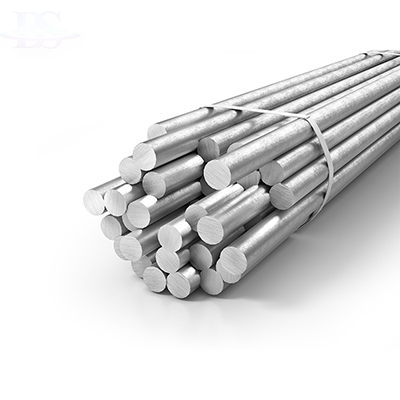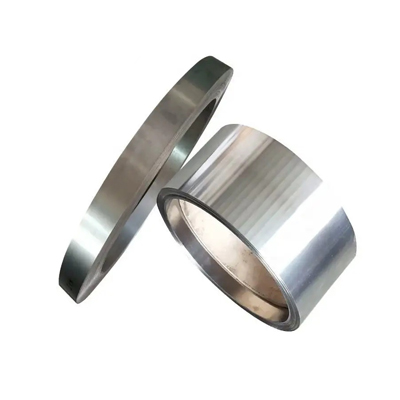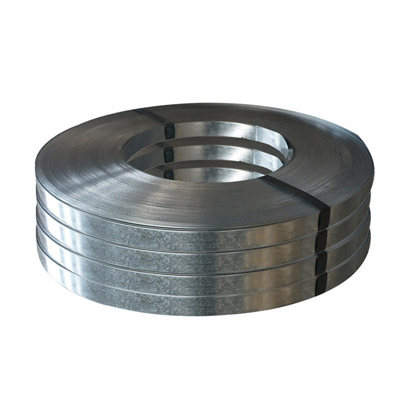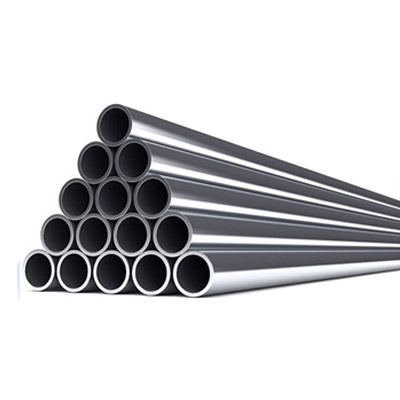High-performance Nitronic 60 UNS S21800/Alloy 218 stainless steel
Overview
Nitronic 60 is a high Silicon, high Manganese, Nitrogen strengthened austenitic stainless alloy. Nitronic 60 is an all purpose metal that was originally designed as a temperature alloy and therefore performs well at high temperature around 1800ºF. The additions of silicon and manganese assist to inhibit wear, galling and fretting even in the annealed condition. Through cold working Nitronic 60, it is possible to attain higher strengths, however it does not enhance the anti-galling properties. The oxidation resistance of Nitronic 60 is similar to Alloy 309 and far superior to Alloy 304.
Nitronic 60 is a Nitrogen-strengthened stainless steel that provides a significantly lower cost way to fight wear and galling when compared with alloys high in Cobalt or Nickel which are often used in bearings. Its uniform corrosion resistance is better than Type 304 in most media. Its chloride pitting resistance is superior to Type 316. Room temperature yield strength is nearly twice that of Types 304 and 316. In addition, N60 stainless steel provides excellent high-temperature oxidation resistance and low-temperature impact resistance.
Limiting Chemical Composition, %
Iron.......................................................................................................................................................................................59.58-64.74
Nickel.......................................................................................................................................................................................8.00-8.50
Chromium................................................................................................................................................................................16.0-17.0
Manganese..............................................................................................................................................................................7.50-8.50
Carbon......................................................................................................................................................................................0.06-0.08
Silicon.......................................................................................................................................................................................3.70-4.20
Sulphur.....................................................................................................................................................................................0.03 max.
Phosphorus.............................................................................................................................................................................0.04 max.
Molybdenum............................................................................................................................................................................0.75 max.
Niobium....................................................................................................................................................................................0.10 max.
Vanadium.................................................................................................................................................................................0.20 max.
Copper......................................................................................................................................................................................0.75 max.
Thallium...................................................................................................................................................................................0.05 max.
Aluminium...............................................................................................................................................................................0.02 max.
Boron...................................................................................................................................................................................0.0015 max.
Tin.............................................................................................................................................................................................0.05 max.
Tungsten...................................................................................................................................................................................0.15 max.
Physical properties (Annealed )
Property |
At |
Value |
Unit |
Density |
24℃ |
7.622 |
Kg/m3 |
Electrical Conductivity |
24℃ |
1.70% |
IACS |
Electrical Resistivity |
24℃ |
0.982 |
Microhm.m |
Poisson's Ratio |
0.298 |
||
Modulus of Elasticity (tension) |
24℃ |
180 |
GPa |
Modulus of Elasticity (torsion) |
24℃ |
57 |
GPa |
Relative Magnetic Permeability |
1.003 |
||
Cofficient of Expansion |
24-93℃ |
15.8 |
x10-6/℃ |
24-316℃ |
17.3 |
x10-6/℃ |
|
24-538℃ |
18 |
x10-6/℃ |
Mechanical Properties
Alloy |
Condition |
Ultimate Tensile Strength (ksi) |
Yield Strength (0.2%) ksi |
Elongation in 4D (%) |
Reduction of Area % |
Hardness HB |
Nitronic 60 |
Solution Treated (AMS 5848) <0.5" |
105 |
55 |
35 |
55 |
170-255 |
Solution Treated (AMS 5848) >0.5" |
95 |
50 |
35 |
55 |
170-255 |
Corrosion resistance
The general corrosion resistance of N60 stainless steel falls between that of Types 304 and 316. However, experience shows that in a wear system, a galling or seizing failure occurs first. Followed by dimensional loss due to wear and finally corrosion. Galling and wear must be the first concerns of the design engineer. Although the general corrosion resistance of N60 is not quite as good as Type 316, it does offer better chloride pitting resistance, stress corrosion cracking resistance, and crevice corrosion resistance. Corrosion tests are not normally performed on N60 HS.
Heat treatment
Nitronic 60 is fully austenitic and can not be strengthened by heat treatment. Solution annealing is carried out at 1060°C, followed by water quenching.
Available Forms
We provide you with a variety of product forms, including but not limited to
● Bar & Rod
● Pipe & Tube
● Coil & Strip
● Plate & Sheet & Circle
● Wire & Welding
● Fitting (Flange, Elbow, Tee...)
● Customize
description2



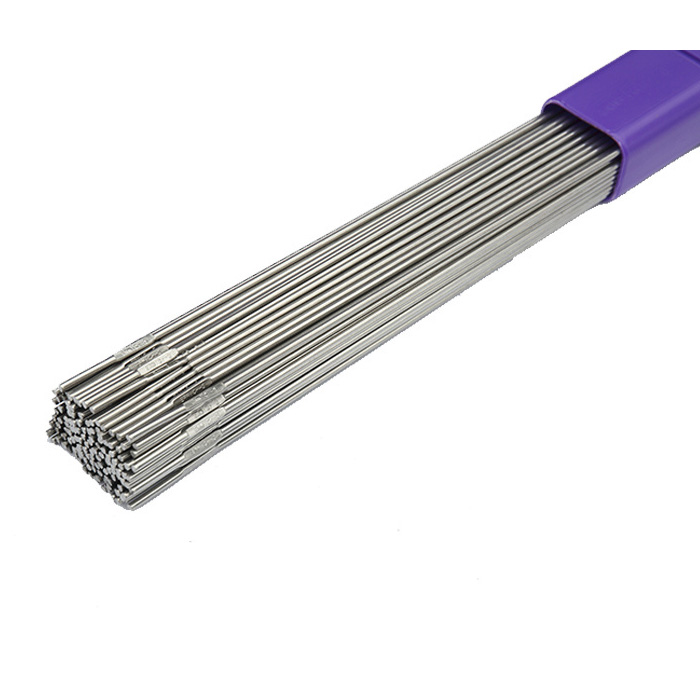 Inconel 625
Inconel 625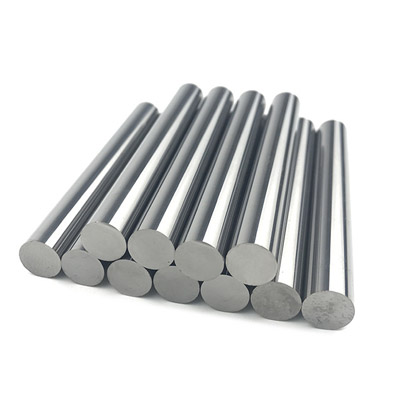 Inconel 718
Inconel 718 Inconel 725
Inconel 725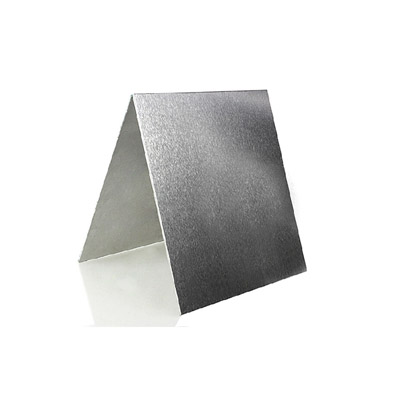 Inconel X-750
Inconel X-750 Inconel 690
Inconel 690 Inconel 617
Inconel 617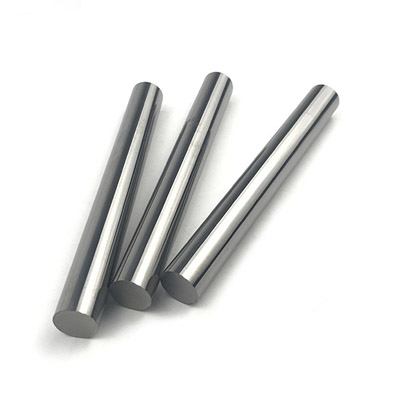 Inconel 601
Inconel 601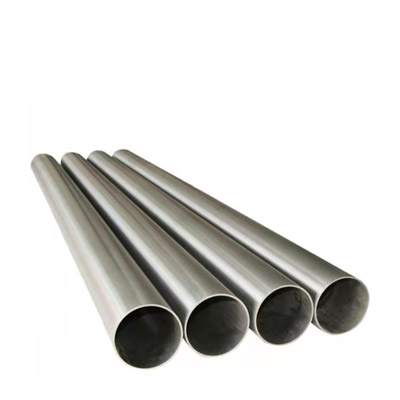 Inconel 600
Inconel 600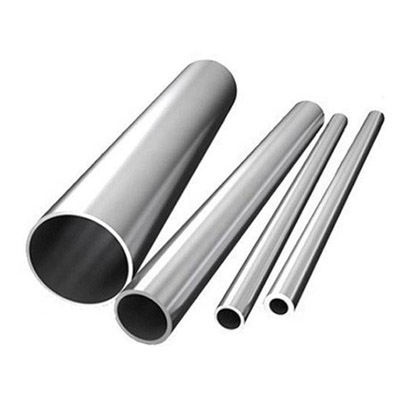 Inconel 686
Inconel 686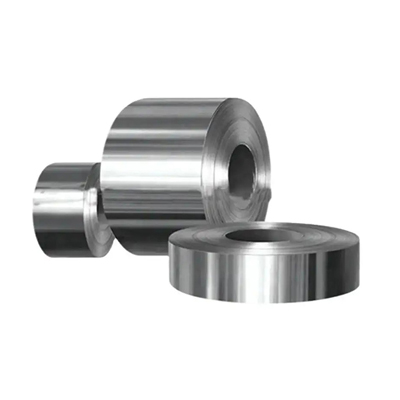 Inconel 602CA
Inconel 602CA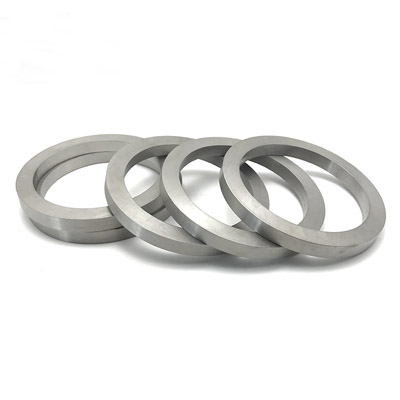 Incoloy A-286
Incoloy A-286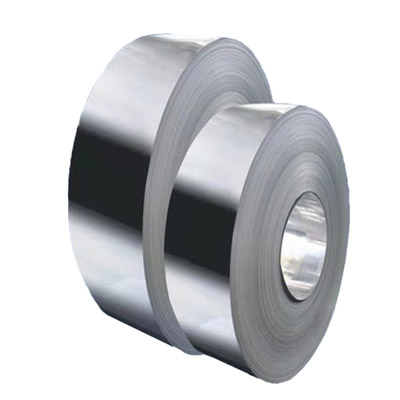 Incoloy 825
Incoloy 825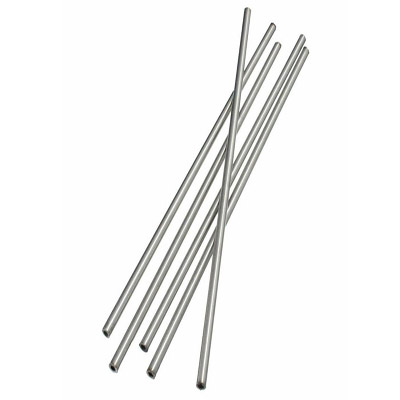 Incoloy 925
Incoloy 925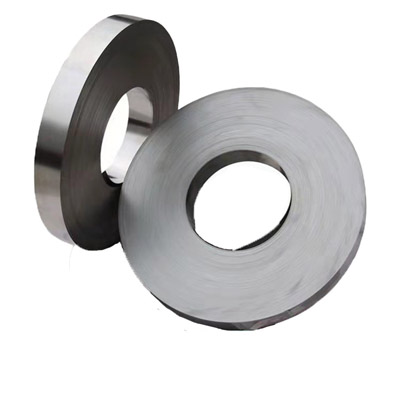 Incoloy 926
Incoloy 926 Incoloy 800
Incoloy 800 Incoloy 800H
Incoloy 800H Incoloy 800HT
Incoloy 800HT Incoloy 909
Incoloy 909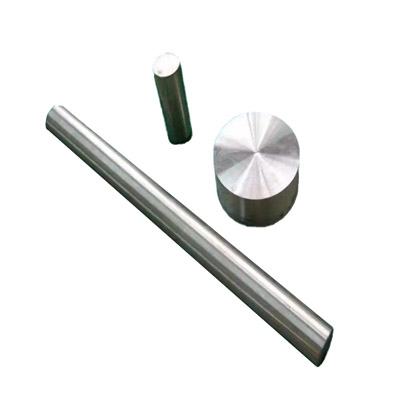 Incoloy 31
Incoloy 31 Incoloy 901
Incoloy 901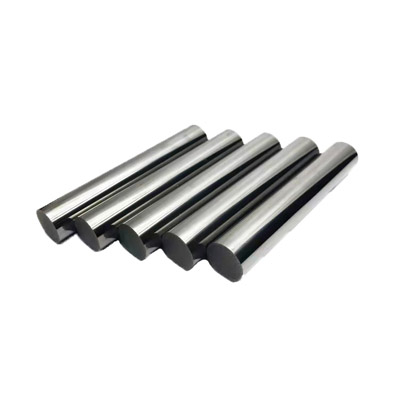 Monel K-500
Monel K-500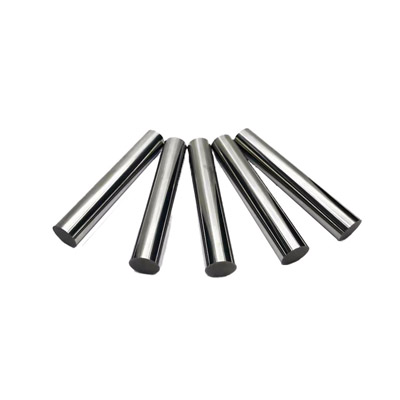 Monel 400
Monel 400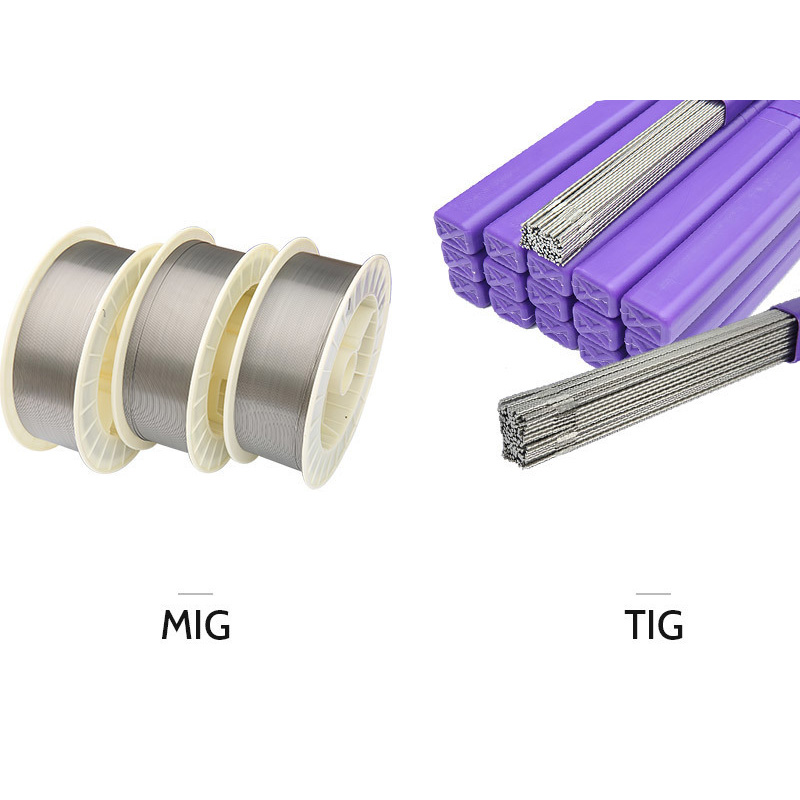 Nimonic 263
Nimonic 263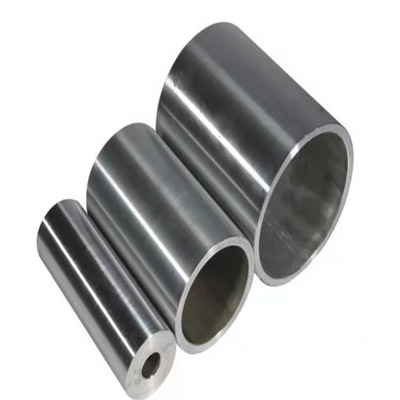 Nimonic 75
Nimonic 75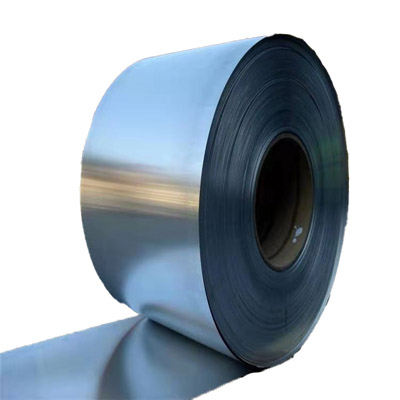 Nimonic 80A
Nimonic 80A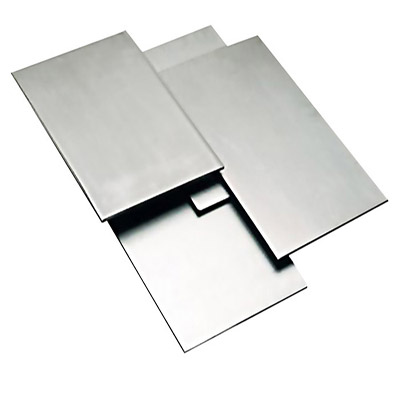 Nimonic 90
Nimonic 90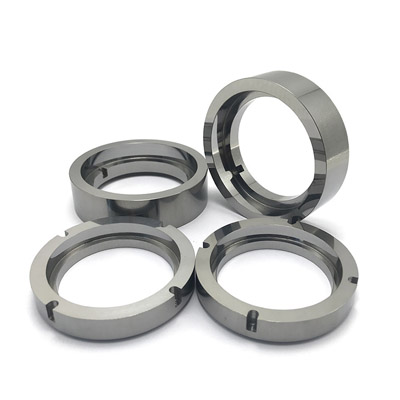 Nimonic PE11
Nimonic PE11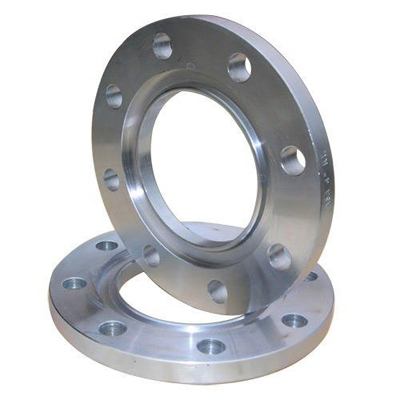 Nimonic PE16
Nimonic PE16 Nimonic PK33
Nimonic PK33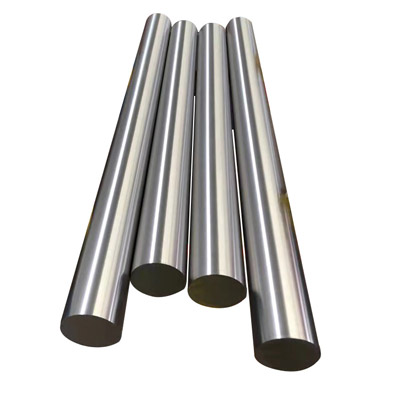 Nimonic 901
Nimonic 901 Nimonic 81
Nimonic 81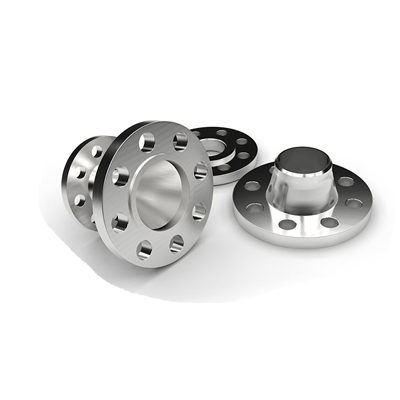 Nimonic 86
Nimonic 86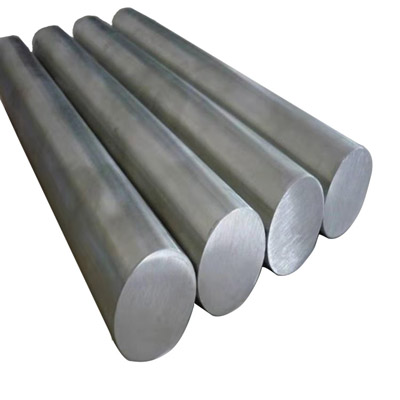 Nimonic 105
Nimonic 105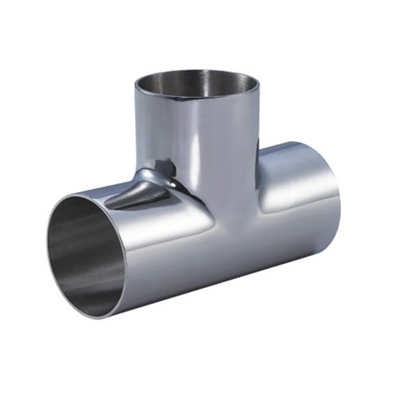 Nimonic 115
Nimonic 115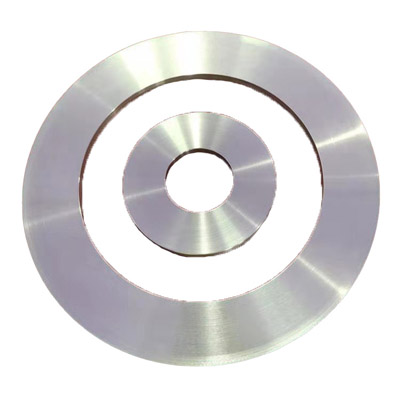 Hastelloy C-276
Hastelloy C-276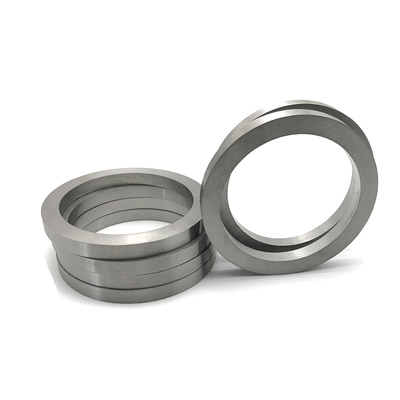 Hastelloy C
Hastelloy C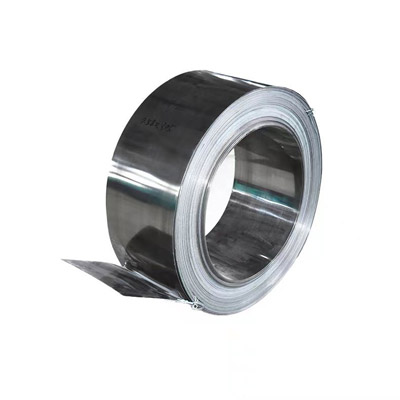 Hastelloy C4
Hastelloy C4 Hastelloy C-22
Hastelloy C-22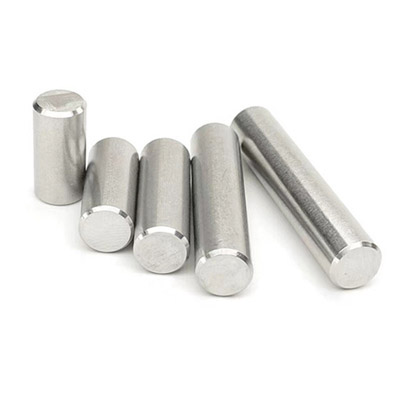 Hastelloy C-2000
Hastelloy C-2000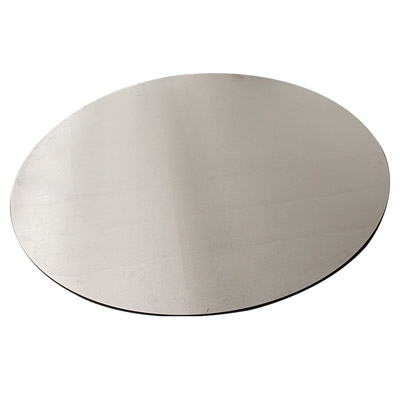 Hastelloy B-2
Hastelloy B-2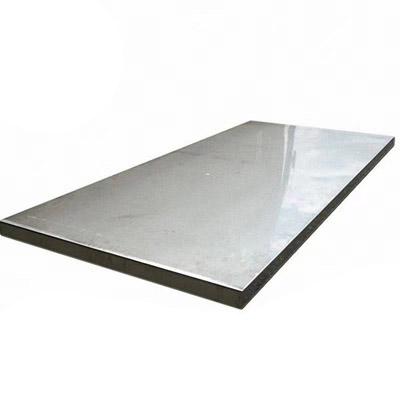 Hastelloy B-3
Hastelloy B-3 Hastelloy G30
Hastelloy G30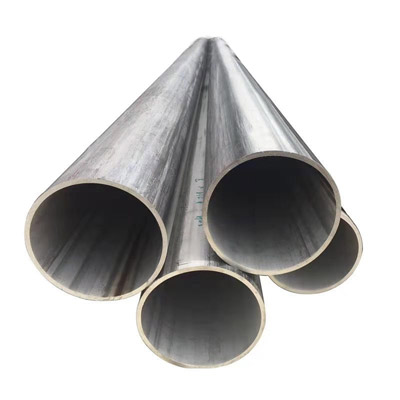 Hastelloy X
Hastelloy X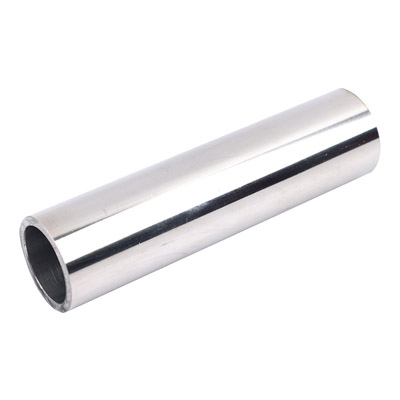 Super Invar 32-5(4J32)
Super Invar 32-5(4J32)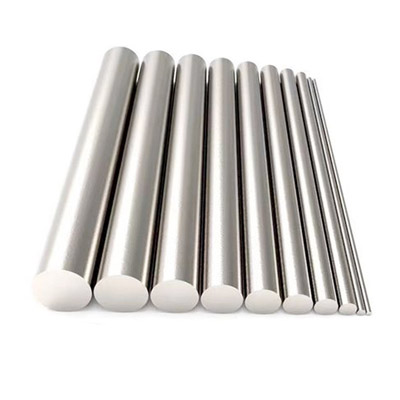 Alloy 36(4J36)
Alloy 36(4J36)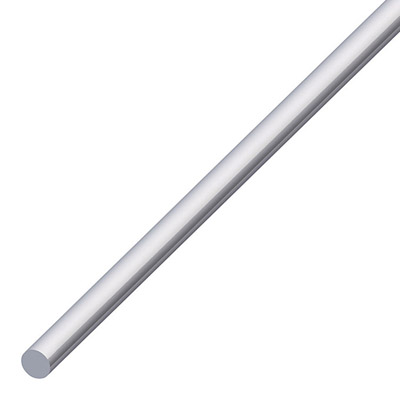 Alloy 42(4J42)
Alloy 42(4J42) Alloy 50(1J50)
Alloy 50(1J50) Hiperco 50(1J22)
Hiperco 50(1J22)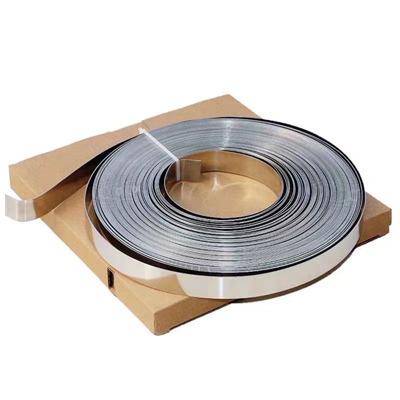 Alloy 46
Alloy 46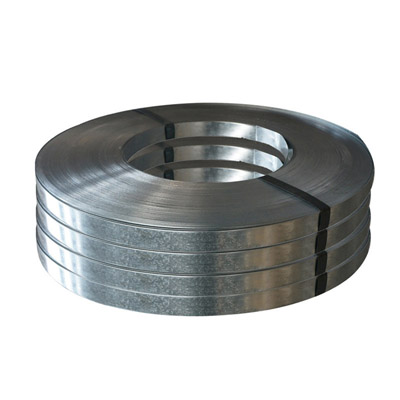 Permalloy (1J79)
Permalloy (1J79) Supermalloy(1J85)
Supermalloy(1J85)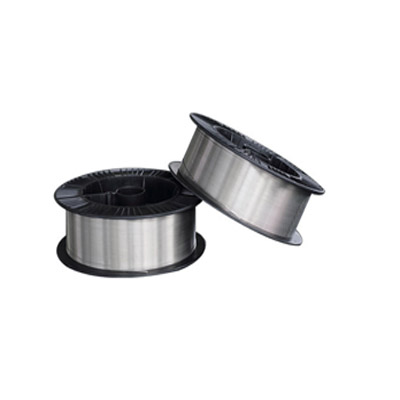 ERNiCrMo-2
ERNiCrMo-2 ERNiCrMo-3
ERNiCrMo-3 ERNiCrMo-4
ERNiCrMo-4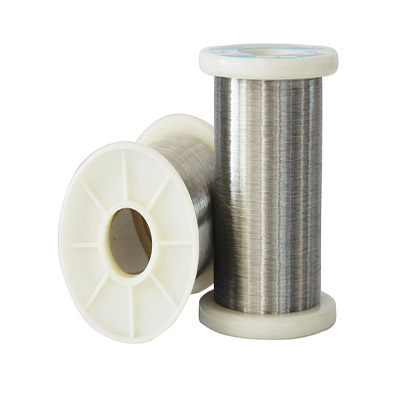 ERNiCrFe-7
ERNiCrFe-7 ERNiCrFe-7A
ERNiCrFe-7A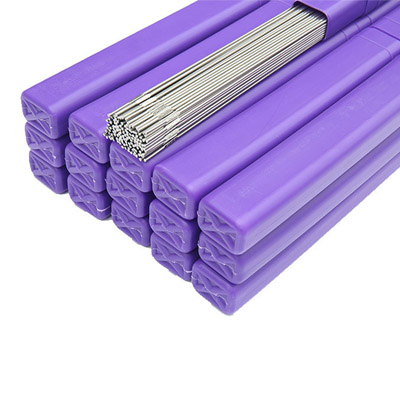 ERNiCrMo-10
ERNiCrMo-10 ERNiCrCoMo-1
ERNiCrCoMo-1 ERNiFeCr-2
ERNiFeCr-2 ERNiFeCr-1
ERNiFeCr-1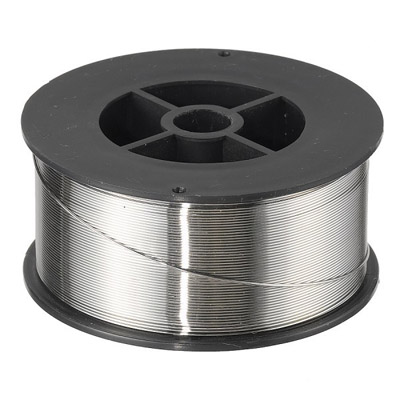 ERNiMo-8
ERNiMo-8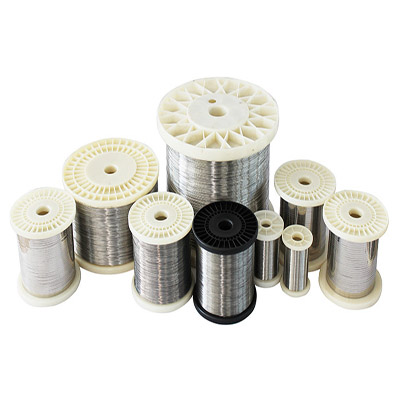 ERNiCrMo-13
ERNiCrMo-13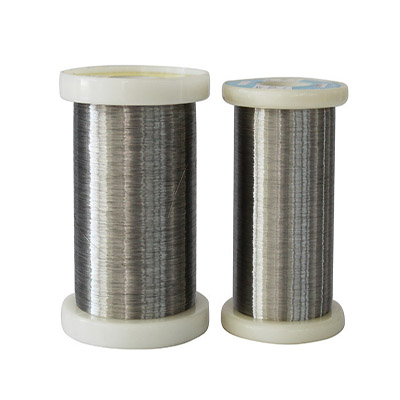 ERNiCr-4
ERNiCr-4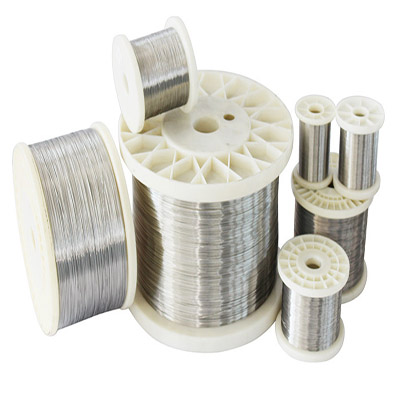 ERNiCr-3
ERNiCr-3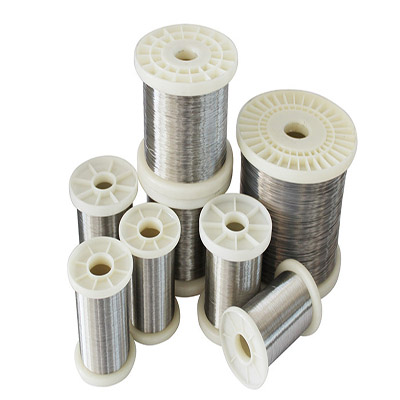 ERNi-1
ERNi-1 Haynes-25
Haynes-25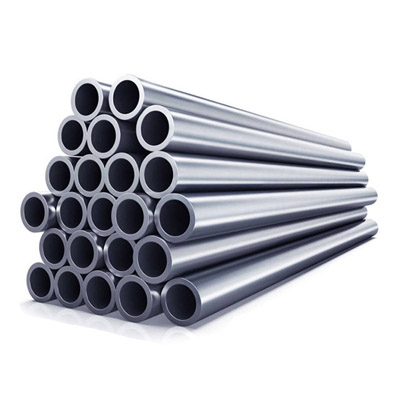 Hayness-188
Hayness-188 MP35N
MP35N Refractory 26
Refractory 26 Waspaloy alloy
Waspaloy alloy 17-4PH
17-4PH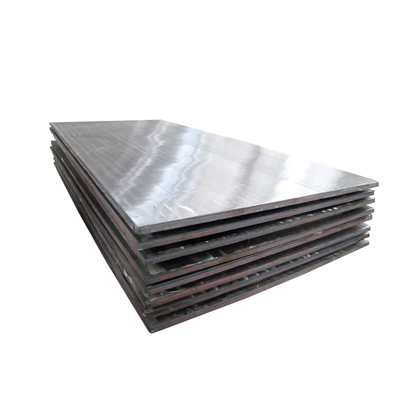 17-7PH
17-7PH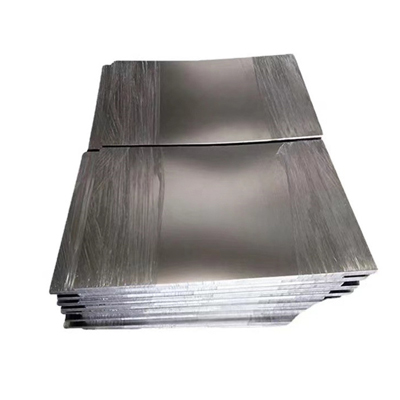 904L
904L Nitronic 50
Nitronic 50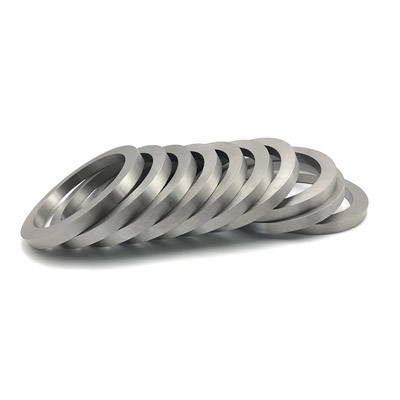 Nitronic 60
Nitronic 60 AL-6XN
AL-6XN F55
F55 PH 13-8
PH 13-8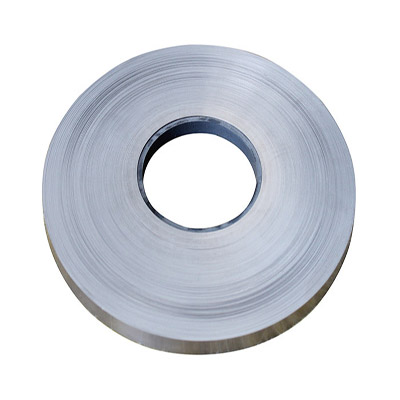 Haynes-230
Haynes-230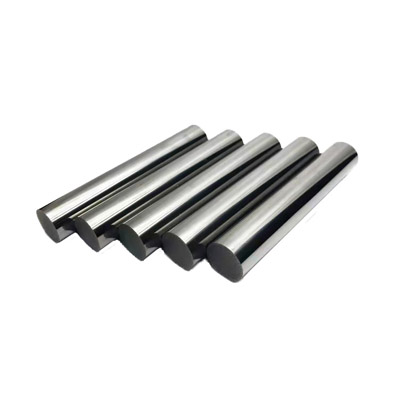 Nickel 200
Nickel 200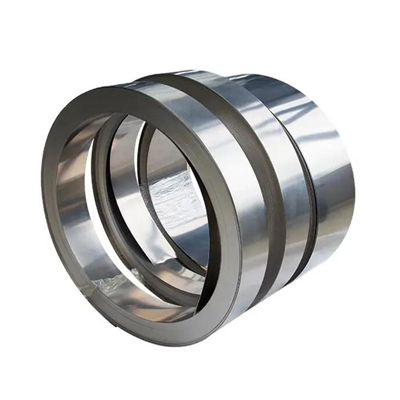 Cr20Ni80
Cr20Ni80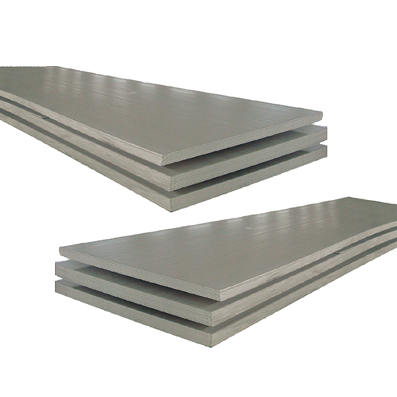 Sheet & Plate
Sheet & Plate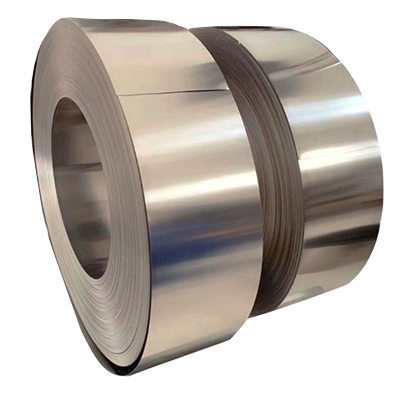 Strip & Foil
Strip & Foil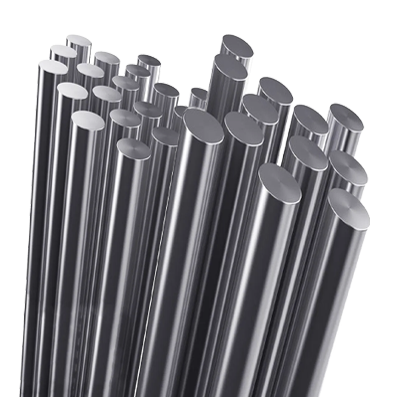 Bar & Rod
Bar & Rod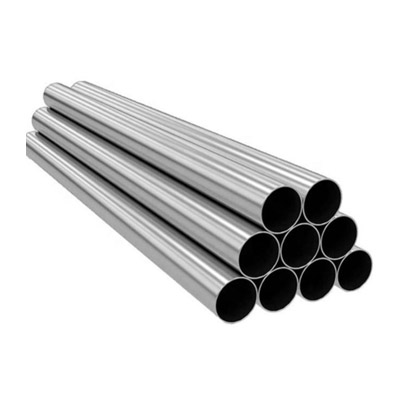 Pipe & Tube
Pipe & Tube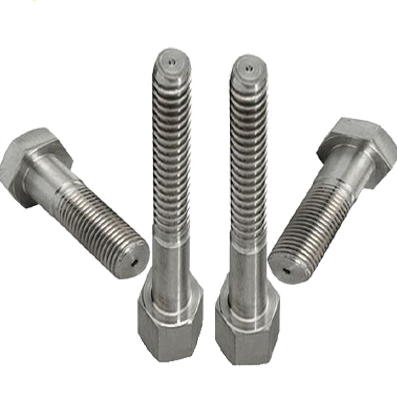 Bolts & Fasteners
Bolts & Fasteners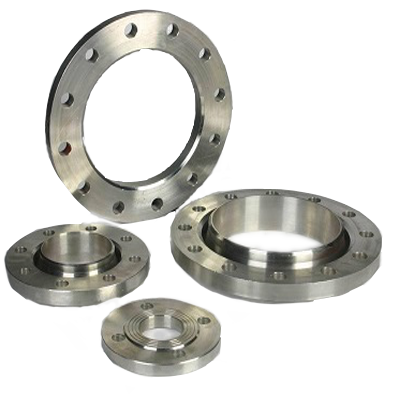 Flange & Ring
Flange & Ring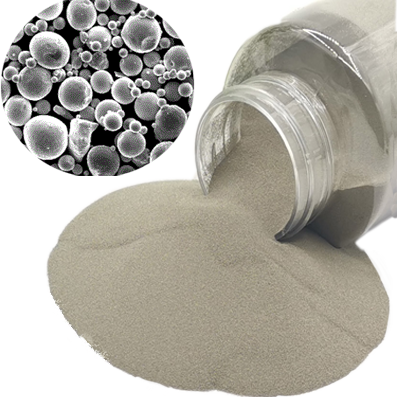 Nickel Alloy Powder
Nickel Alloy Powder

